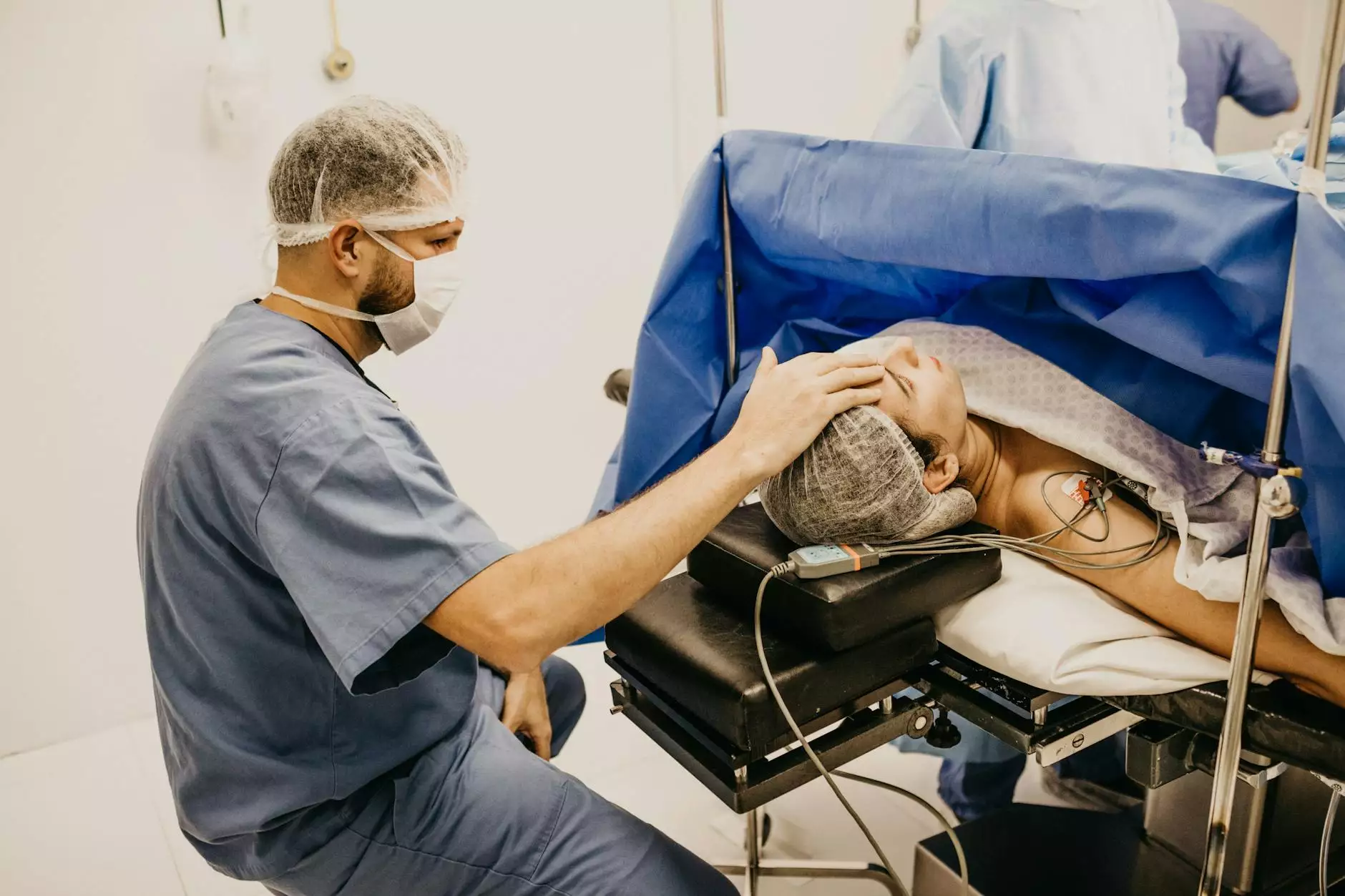Understanding and Managing Phlebitis in the Leg

The Importance of Vascular Health
As individuals, it is imperative to prioritize our health and well-being. One vital aspect of our overall health is ensuring optimal vascular health. Our vascular system, composed of veins and arteries, plays a crucial role in maintaining blood circulation throughout the body. However, certain conditions, such as phlebitis in the leg, can disrupt this circulation and cause discomfort or even serious complications.
What is Phlebitis in the Leg?
Phlebitis refers to the inflammation of a vein, typically caused by blood clots or injury. When this occurs in the leg, it is known as phlebitis in the leg. This condition commonly affects the superficial veins just below the skin's surface.
Causes of Phlebitis in the Leg
Phlebitis in the leg can be triggered by various factors, including:
- Extended periods of inactivity or immobility
- Recent surgery or injury
- Intravenous catheter use
- Thrombophilia (blood clotting disorder)
- Prolonged sitting or standing
Signs and Symptoms
The symptoms of phlebitis in the leg may vary depending on the severity and location of inflammation. Some common signs to watch out for include:
- Pain and tenderness along the affected vein
- Redness, warmth, or swelling around the affected area
- Visible red or bluish discoloration of the skin
- Vein hardening or palpable cord-like structures
Diagnosis and Treatment
When experiencing symptoms of phlebitis in the leg, it is essential to seek medical attention from specialized vascular medicine doctors. They will perform a thorough examination and may suggest diagnostic tests, such as:
- Doppler ultrasound to assess blood flow
- Physical examination to evaluate signs of inflammation
- Blood tests to check for underlying conditions
Once diagnosed, appropriate treatment options will be recommended based on the severity and underlying cause of the phlebitis. Treatment approaches may include:
- Compression therapy to reduce swelling and improve blood flow
- Nonsteroidal anti-inflammatory drugs (NSAIDs) to alleviate pain and inflammation
- Warm compresses to relieve discomfort
- Elevation of the affected leg to reduce swelling
- In some cases, anticoagulant medications may be prescribed to prevent blood clots
- In more severe cases, medical procedures such as thrombectomy or thrombolysis may be necessary
Prevention and Lifestyle Measures
There are several preventive measures that individuals can adopt to reduce the risk of developing phlebitis in the leg:
- Engaging in regular exercise to promote healthy blood circulation
- Avoiding prolonged periods of sitting or standing
- Taking breaks and stretching during extended travel
- Maintaining a healthy weight to reduce stress on the legs
- Wearing compression stockings if advised by a healthcare professional
Why Choose Vein Center of Arizona?
When seeking specialized care for vascular conditions, such as phlebitis in the leg, the Vein Center of Arizona is the premier destination for patients. Our team of experienced doctors, specializing in vascular medicine, are dedicated to providing comprehensive diagnosis, treatments, and ongoing support to ensure optimal vascular health.
At Vein Center of Arizona, we utilize the latest diagnostic technologies and offer a wide range of treatment options tailored to each patient's unique needs. By combining our expertise in vascular medicine and commitment to patient care, we strive to deliver the highest quality treatments with excellent outcomes.
If you or a loved one is seeking specialized care for phlebitis in the leg or any other vascular condition, don't hesitate to reach out to us at Vein Center of Arizona. Our team is ready to assist you in achieving optimal vascular health and overall well-being.
phlebitis in leg








